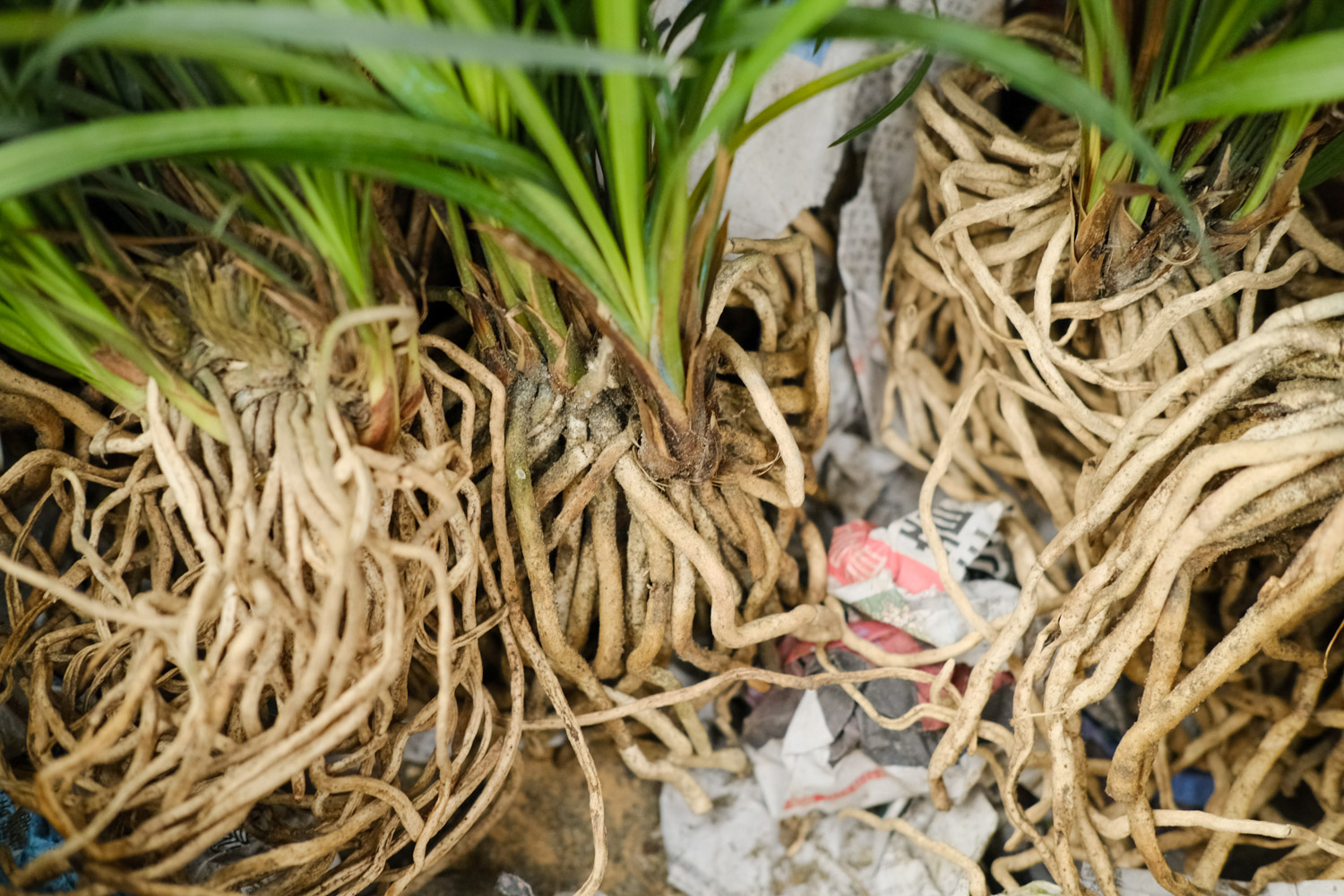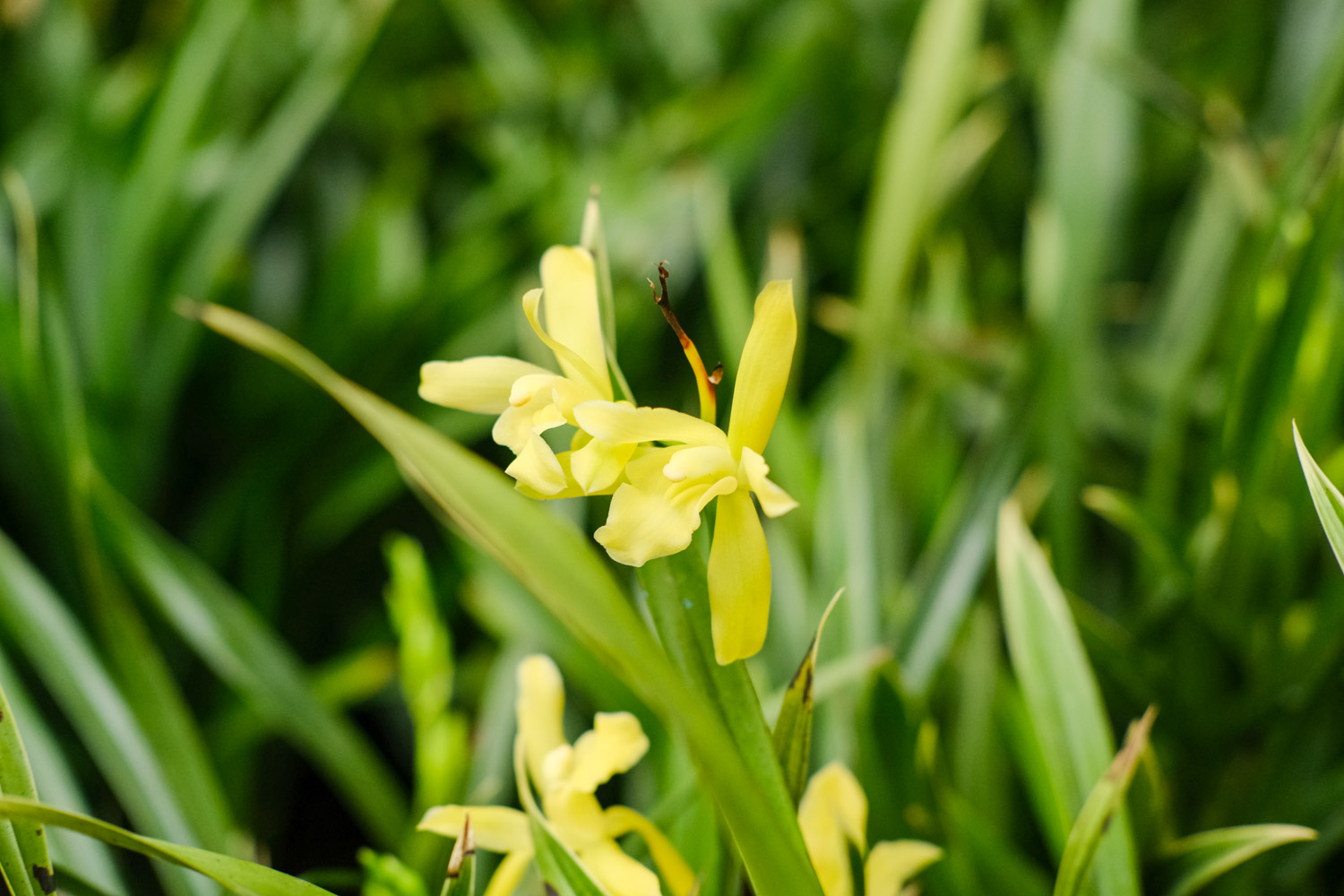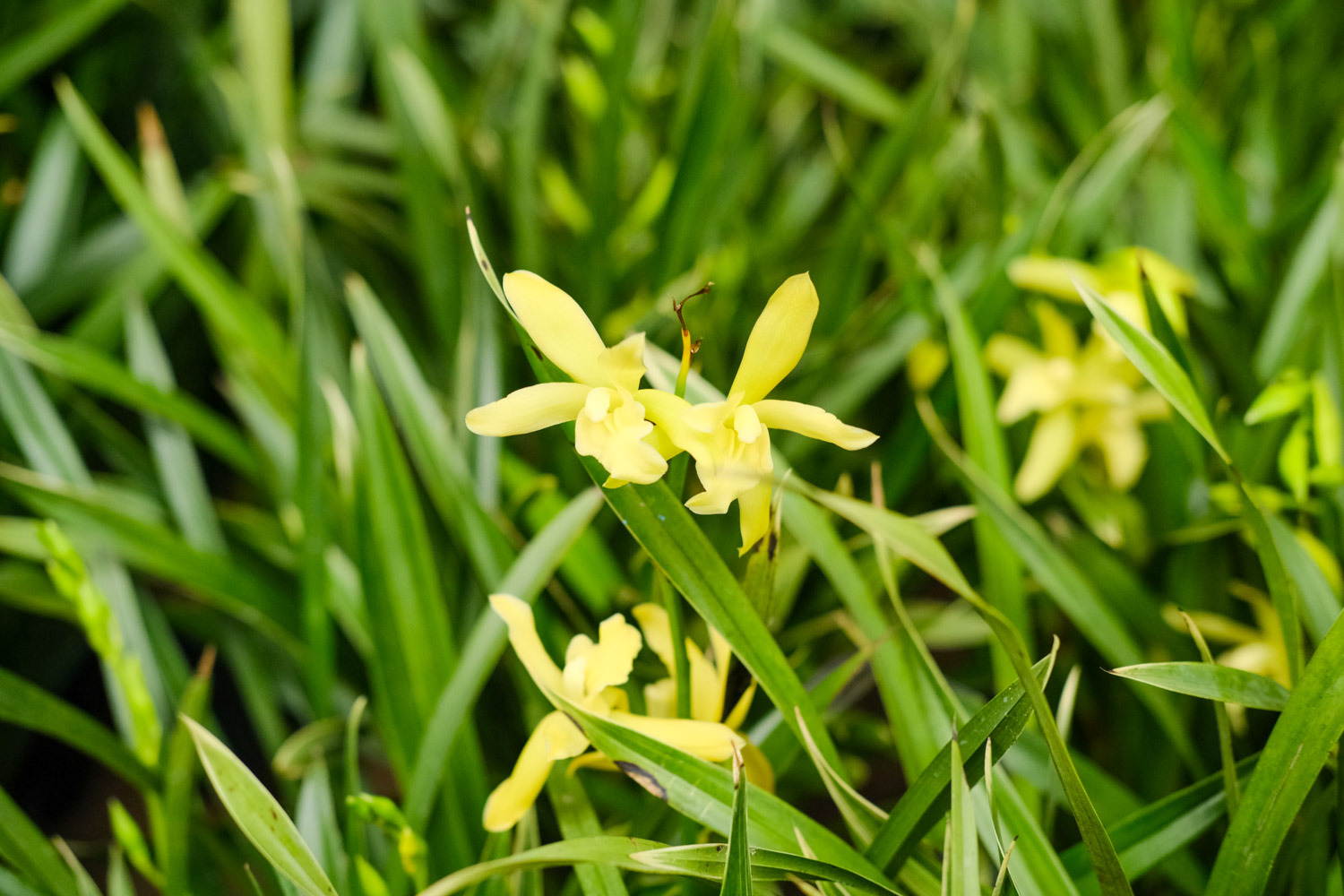1. With the help of bamboo sticks, chopsticks and other tools
This is a convenient way to check the state of the soil with the help of some tools. There are many tools available, such as bamboo sticks, chopsticks, small wooden sticks, etc. Insert them into the soil from the edge of the pot without hurting the roots. After two or three minutes, pull out and observe. If the bottom of the tool is wet, you don't need to water it. If about two-thirds are dry, it needs watering

2. Weighing method
Simply put, it is judged by weight. Weigh it before pouring; After watering once, weigh it again. If conditions permit, you can weigh it, which is more accurate. In a few days, weigh it again. If it is similar to that before pouring, it needs pouring

3. Contrast method
This method needs to prepare two identical pots and put the same amount of matrix into them. However, one has orchids and the other doesn't. When watering, water it together. When judging whether to water or not, you can check the state of the soil in the flowerpot without flowers in real time to judge whether to water or not

4. Soil digging method
This is the simplest way to directly check the state of the soil. The soil on the edge of the flowerpot can't hurt the root. If the soil about 45 cm deep is dry, it needs watering. It can also be judged by the dryness and wetness of the basin bottom

 how many times do yo...
how many times do yo... how many planted tre...
how many planted tre... how many pine trees ...
how many pine trees ... how many pecan trees...
how many pecan trees... how many plants comp...
how many plants comp... how many plants can ...
how many plants can ... how many plants and ...
how many plants and ... how many pepper plan...
how many pepper plan...





























